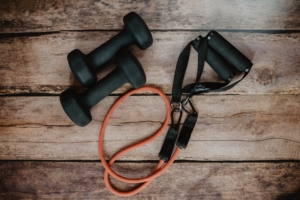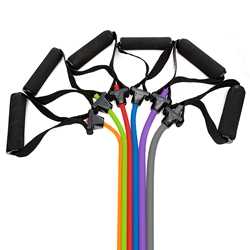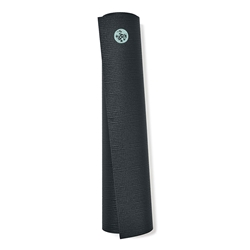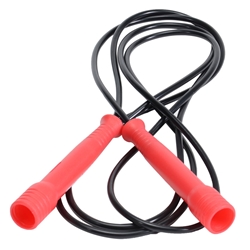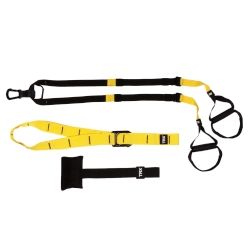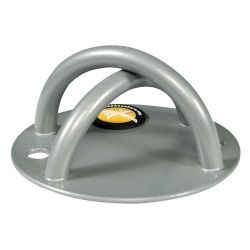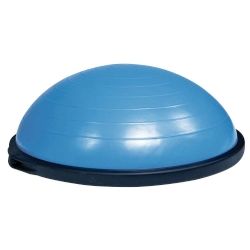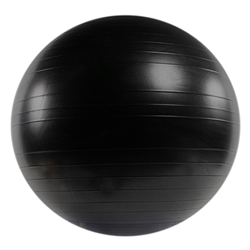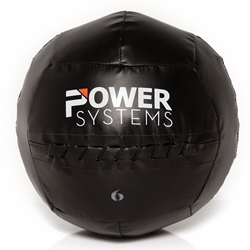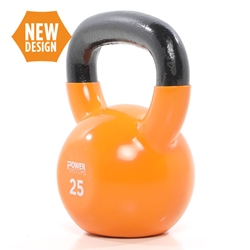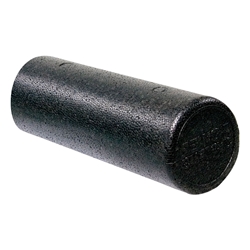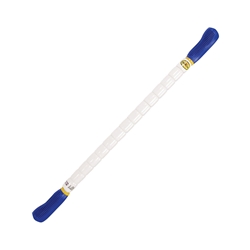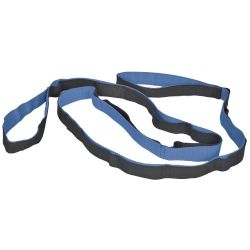Home Gym Equipment for Endurance Athletes
By Chris Newport, MS, RDN, LDN, CISSN, EP-C
Whether you’re stuck at home during COVID-19, or you’ve wanted to beef up your home gym equipment, we’ve got you covered with all kinds of price points and options. Here’s our favorite gym equipment for endurance athletes so you can continue to train at home.
Trainers and Rollers
A smart trainer is a great option if you can plant a bike on it and leave it there. Popular options are Wahoo and Tacx, both of which can be purchased at Inside Out Sports. It’s comes with a decent price tag, but is generally worth it for athletes who have difficulty training outdoors (traffic, family commitments, weather, etc). They can connect to training apps (i.e. our athletes can download their workouts from Today’s Plan directly to Zwift, Garmin or Stages) and other software options like Trainer Road and Zwift. You can also add on things like the Kickr Climb, for which my athlete love based on it’s realistic feel simulating climbing and descending.
If you don’t mind the lack of digital connection, want a cheaper price point, and like to be able to get your bike quickly in and out of the trainer, go with a “dumb” trainer. You can likely find a ton of them these days on Facebook for-sale groups or Craigslist. Even better, test your skills with a set of rollers. Be sure to set up next to something you can grab onto as you adapt to balancing on what feels like a treadmill for a bike.
Treadmills
While certainly optional, this is great if you have more space. If you’re ready for a new challenge, try the TrueForm Treadmill, a self propelled treadmill that forces you to engage your posterior chain. Be prepared to go slower than your usual pace, but get a better workout. If you get a motorized treadmill, be prepared for maintenance fees.
Swimming
If you want the best feel of the water without a pool (other than installing a SwimEx pool in your backyard), I’d recommend the Vasa Trainer. It gives you the best opportunity for simulating swimming. If you want a cheaper option (<$40), go with dryland cords (our athletes get a discount on these, so ask your coach!).
Strength Training Equipment for Endurance Athletes
Let’s be real, many endurance athletes are pretty terrible at prioritizing strength training. While this isn’t the place to get into the benefits of strength training for performance, let’s just say it should be incorporated into your routine on a regular basis.
If you click on any of the items below and make a purchase, it helps support us (thank you!).
The Basics: Budget-Friendly and Space Conscious
Resistance tubing
You can get a full body workout, especially for swim-specific movements. They’re also easy to throw in a suitcase for traveling. The thicker they are, the more resistance they deliver and vice versa. I suggest buying at least 3 different thicknesses to accommodate various movements. Skip the cheap ones (yes, I’ve witnessed one snap in someone’s face and it wasn’t pretty) and go for added durability like the ones pictured.
Yoga Mat
It’s not just for yoga! Have a high quality mat for stretching, floor exercises and general joint protection. Again, go for quality like the mat pictured (it’s a thicker Manduka mat: like the Cadillac of yoga mats). The cheaper, thinner ones tend to “shed” or peel and get progressively slipperier over time.
Jump Rope
While not specifically “strength training” equipment, jumping rope is not just for kids. It’s an easy way to incorporate high intensity cardio intervals into strength workouts in a small amount of space.
TRX
The TRX is, hands-down, the most versatile piece of strength training equipment that can be used at home, in a hotel room or even in a park. The version pictured has a piece that you close in a door. It comes with a mesh bag for easy portability. I wish every one of my athletes had a TRX!
If you want to attach it to the ceiling or wall, I suggest getting the wall hook below, which allows for even more versatility.
“Next Level” Strength Training Equipment
BOSU
The BOSU (“both sides up”) is an excellent tool for incorporating balance training and stability exercises into your routine. If you have the room for it, do it. Again, it’s incredibly versatile. You can take just about any exercise step up the difficulty using a BOSU (from squats to push ups and overhead presses). In fact, you can use resistance bands and the TRX in conjunction with each other to take your training to the next level.
Stability Ball
The stability ball is great for using as a substitute for a home office chair to adding additional range of motion and challenge to exercises like hip bridges, core work and push ups. It does take up some space, though. Be sure to chose the correct size. When you’re sitting on it, you should have about a 90 degree angle in you knees and hips. Don’t buy the cheap ones as I’ve seen them get overly squishy and even pop. This one is more durable. I’ve had mine for 15 years and it’s still going strong.
Wall Ball
During my endurance racing hiatus, I did two years at Athletic Lab, incorporating CrossFit into my routine as an “experiment” (too bad I didn’t blog about it…it was an experience!). It was there that I was introduced to the wall ball, which is an amazing tool for endurance athletes. It’s a large, “squishy” ball that you can throw on the wall (no rebound like a medicine ball), use for added weight in exercises like Russian twists, or even use for partner work. They come in many sizes, but 14lb is “women’s standard” and 20lb is “men’s standard.” Start with 10-12lb and work your way up.
Kettlebells
Kettlebells can be used in so many different ways that are beneficial for endurance athletes including carries, deadlifts, goblet squats, KB swings and turkish get-ups. It’s important to learn how to use them correctly, so if you do invest in them, be sure to have a knowledgeable trainer show you the ropes. I chose this brand specifically becuse of its wide handle and coated bell that’s graet for home use. The “women’s standard” is 16kg (about 35lb) and the men’s standard is 20kg (about 44kg). However, if you’ve not used them before, I would suggest starting around 20-25lb and work you way up. They may not take up a lot of space in a home gym, but the investment adds up. However, if you take care of a kettlebell, they’ll last pretty much forever.
Recovery Tools
If you use a foam roller properly, it can be hugely beneficial. It stands up straight in a home gym. Be sure to get the high density roller like this one.
The Stick
This tool is great for a home gym, or tossing in your racing bag for some self-care post training or racing. I’m also a big fan of a good ol’ tennis ball for getting out those knots! Want to learn more about self-care recovery tools? Check out Sheri’s blog here. You can also put those tools to work with the help of a virtual massage therapist guiding you during quarantine: Book a virtual recovery session here.
Stretch Strap
This strap with little loops built in for stretching. If you’re someone who needs help with flexibility, this is an affordable way and space conscious way to do it.
Make Your Home Gym Work for Your Needs
There are endless ways to design and build a home gym. There are also plenty of price points! Think about what you want to accomplish, how much space you have and how much money you want to spend. The guys at Power Systems have helped us design spaces in the past and beat the “impersonal” nature of purchasing products on Amazon.
Need a virtual training session so you know what to do at home or if you have good form?
Book a Virtual Training Session with our experts here. Happy training!

